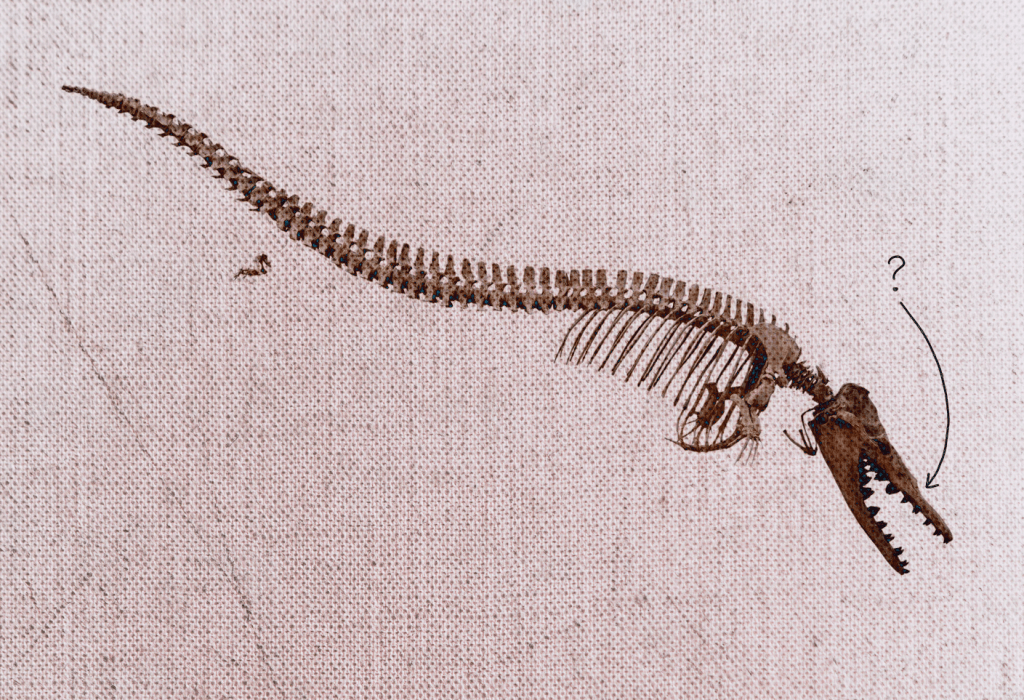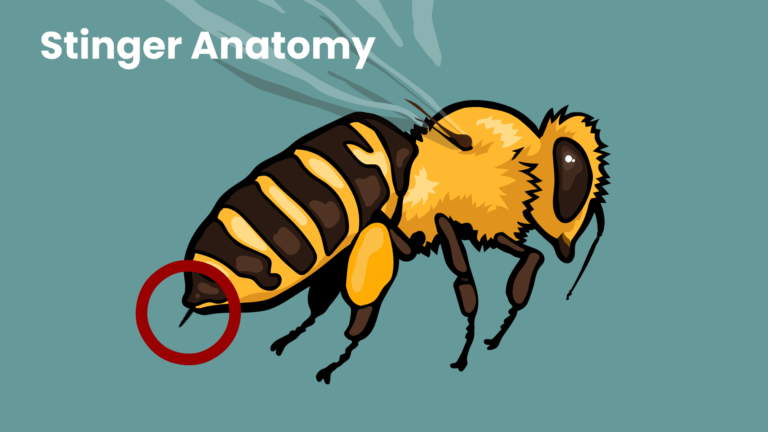The blowhole of a whale lets the creature breathe by simply breaking the water’s surface with the top of its head. This allows the animal to take in air without slowing down during long migrations or fast pursuits, and to keep its eyes focused on points of interest underwater when searching for food or avoiding predators.
As demonstrated in our animation What is the Evidence for Evolution, embryology and comparative anatomy show us that the blowhole is actually a pair of modified mammal nostrils. They have migrated to the top of the head and, in some cases, fused together as one. The fossil record shows this migration happening slowly over millions of years.
If you’re anything like me, you’re probably wondering what started that migration.
The modern whale’s blowhole clearly gives it a survival advantage. Half a blowhole (one sitting half way up the snout) might help a bit too but what about 1/10th of a blowhole? More puzzling yet, what good is 1/100th of a blowhole? How did natural selection, a blind thoughtless process, first get started building this fantastic contraption?
Since we can’t go back to watch the process in real time, we must turn to the fossil record for clues. Though the fossils can’t show us what the fleshy parts were like, the bones still give us fascinating insights!
Fossils suggest that blowhole evolution was a 2-part process. First, the extension of the snout in front of the nose. Second, the migration of the nostrils back toward the forehead. Surprisingly, the first step of this process may have had nothing to do with breathing at all.
The skulls of early whales like Maiacetus had fairly common looking snouts with nasal openings directly above the canine teeth. Above or in front of the canines is the norm for nasal openings in most mammals: pigs, dogs, hippos, skunks, cougars, and even sea otters, to name just a few.
The odd thing about these early whales is that the snout in front of their nostrils (which I will be calling the “fore-snout” from here on) jets forward abnormally far. This makes the mouth longer and skinnier than it would otherwise be.
In aquatic animals alive today (the gharial crocodile is a prime example), long skinny snouts have proven to be extremely efficient tools for catching fish.
Random mutations which caused whale fore-snouts to stretch may have first been preserved by natural selection because long snouts helped them hunt. Efficient hunting leads to better survival and reproduction. If the fleshy parts of the noses of ancient whales were anything like the noses of common land animals today (dogs, pigs, deer, and so on) this protruding bone would have pushed the bottom of the nose forward while the top remained in place, angling the nostrils upwards. Keep in mind, this is an accidental side effect of lengthening the fore-snout.
Once the nose was aimed towards the stars, it would have been better for breathing while swimming. Natural selection now had a second advantageous trait to work with and could preserve any new mutations which enhanced this trait in the future.
In Dorudon (a whale that lived about 8 million years after Maiacetus), we see that the snout has continued to move forward in front of the canines, and that the nasal opening has begun moving back behind the canines toward the forehead.
A bona fide blowhole budding before us; try and say that 5 times fast! 🙂







